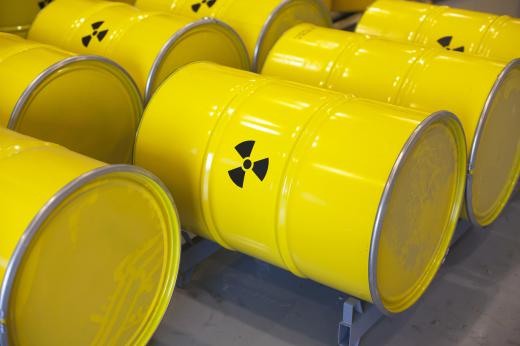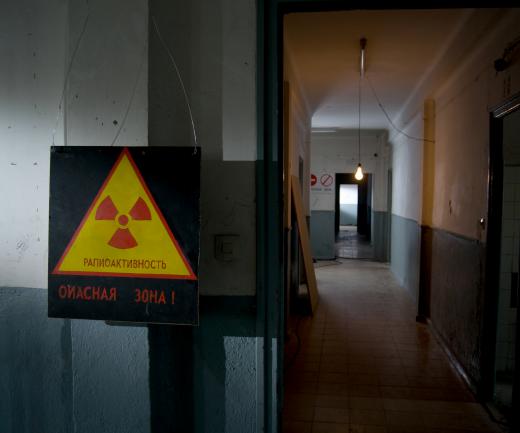Hazardous materials placards are examples of signage used to warn anyone in the immediate area that materials considered to be hazardous to the health of human beings and various types of animal life are nearby. The idea is to alert people so they can take appropriate measures to protect themselves from exposure and contamination, and thus avoid damage to their health. Placards of this type are posted at permanent facilities where hazardous materials are handled as part of research and development, as well as in industrial, military, and other settings.
Signage to warn of potential danger is common in many countries. While some of these signs are made of simple metals and are bolted or otherwise affixed permanently on a wall, or doors leading into an area where the materials are stored, magnetic hazardous materials placards are in common use in many areas of the world. Often, specific manufacturers are granted licenses to produce hazardous materials signs that are in turn purchased by businesses and other organizations that work with hazardous materials.

Most countries have specific regulations in place as to how hazardous materials are to be designed, when they must be posted, and where the posting should take place. Normally, a government agency is charged with the responsibility of defining what constitutes hazardous materials, the design and verbiage used on the hazardous materials placards, and how they are to be displayed. This apples not only to fixed sites like plant facilities and research laboratories; placards are also designed for use on moving vehicles that are used to transport hazardous waste from one location to another.

In the United States, the Department of Transportation is responsible for defining various classes of hazardous waste, and determining the design and use of hazardous materials placards that appear on the transport vehicles. The shape, size, and color scheme used to denote different classes of materials, including radioactive materials, is uniform throughout the country. This makes it much easier for transportation experts to be able to know at a glance what type of materials are in transport, and what precautions to take in order to remain safe while in the general vicinity of the materials.

The United States is not alone in its use of hazardous materials placards to warn people that dangerous substances are nearby. Canada, Mexico, and the United Kingdom are all examples of nations where the proper identification and classification of hazardous materials of all types is considered essential to public safety. As in the US, the regulations in these other countries call for using placards at permanent facilities as well as on vehicles used to convey the materials between locations, and have specific regulations as to how the signage must be displayed prominently and within easy visual range.

